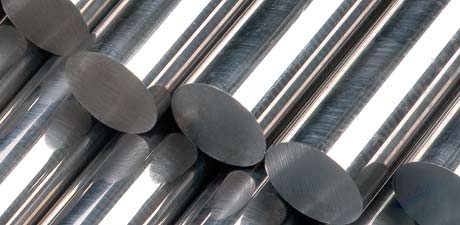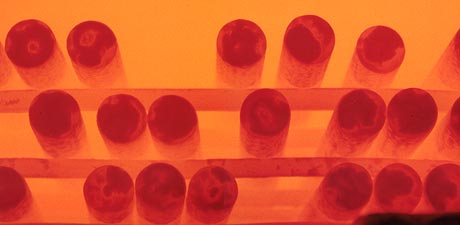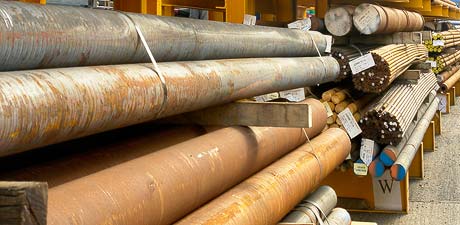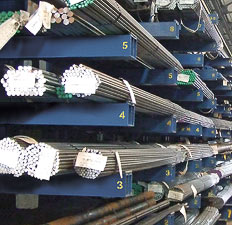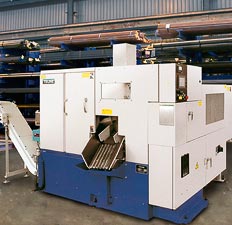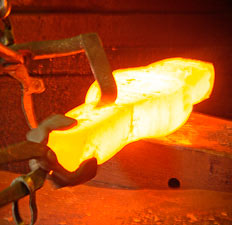Technical Data
Metallurgical Terms
C.
Chemical symbol for carbon.
Ca.
Chemical symbol for calcium.
Carbide.
A chemical combination of carbon with iron or any other elements, e.g., Fe3C (cementite). Metallic carbides are hard and brittle; certain of them, of which the principal are tungsten carbide and titanium carbide, are the chief constituents of the hard metals used for cutting tools.
Carbon Case Hardening.
The term is usually applied to the complete process of carburizing or cyaniding low carbon steels, with or without one or more further heatings to promote grain refinement, followed by quenching in order to produce a hard case. The high carbon content of the exterior of the steel so treated renders the surface hard and wear-resistant, whilst the low carbon content of the core leaves it tough and ductile.
Carbon Steel.
A steel whose properties are determined primarily by the percentage of carbon present. It is usual to consider that besides iron and carbon, such steels may contain a maximum of manganese up to 1.5%, silicon up to 0.5%, sulphur and phosphorus up to 0.04% each, nickel up to .40%, chromium up to 0.30%, molybdenum up to 0.15%, copper up to 0.25%, tungsten, cobalt, aluminium up to 0.10%, and niobium, tantalum, titanium, vanadium, zirconium up to 0.05%. These alloying elements in such quantities are regarded as residual elements, but their deliberate addition in substantial amounts will put the steel in the alloy steel category.
Carbonitriding.
A case hardening process in which steel is heated in an atmosphere containing both carbon and nitrogen. Steels of the case hardening type are normally used, and since the absorption of nitrogen depresses Ac1and increases hardenability, the temperature and alloy content need not be so high as those used in case carburizing. A typical treatment would be: heat at 825°C for two hours in a carburizing gas to which about 10% anhydrous ammonia has been added, and quench in oil; but many variations of these conditions can be employed to give the required depth and hardness of case.
Carburizing.
The introduction of carbon into the surface layer of a steel having a low carbon content (case hardening steel). It may be effected by heating in a solid, liquid or gaseous carbon containing medium, which at high temperatures provides a supply of carbon for absorption by the material being carburized. By controlling the temperature and time of treatment, the concentration of carbon in the surface of the steel and the depth of penetration may be varied. In the original process of box or pack carburizing, the steel is heated to the necessary temperature in a solid carburizing compound, usually a mixture of hardwood charcoal and an oxide or carbonate of the alkalies or alkaline earths. Gas carburizing gives better control over the carbon content of the case. (See Carbon Case Hardening).


